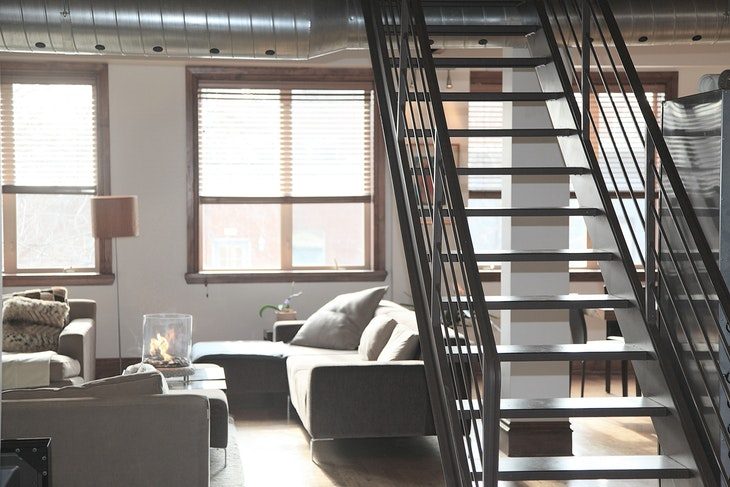
It’s hard to look past the appeal of a loft conversion, at least initially. After all, it can free up more residential space for you to repurpose as, say, a playroom or extra bedroom – while your property’s value could increase by up to 20%, HomeOwners Alliance points out.
However, there can be a wide array of unexpected obstacles to converting a loft in a new build – as opposed to, say, a house built before the 1960s. Fortunately, you can still overcome those barriers.
Read more after the jump:
Is it easy to convert a new build loft in practice?
While there are many different factors to consider here, the short answer to this question is: probably not. Typically, houses built earlier than the 1960s can be more easily converted, says the Lofts & Basements website – and that’s due to the nature of the roof construction.
In pre-1960s houses, roofs tend to be steeply pitched and allow abundant space between the framework. Modern homes, by contrast, are often built with little space in the loft, giving you less to play with when it comes to converting that loft.
You might be thinking: “Why can’t I just extend the loft?” Well, you could. However, loft extensions – which are usually built upwards, not outwards – can require a dauntingly large amount of work. You may therefore soon start wondering whether you should extend elsewhere instead.
Are there rules and regulations to heed?
If you wish to extend the roof space, as is particularly plausible if your home is a new build, you need to think about planning permission. If you are unsure whether or not you would need it, and what exactly it would let you do, just contact your local planning department.
When might you want to extend the roof space? Basically, if the loft’s height currently falls short of 2.3 metres – because in this case, converting the space will not usually be worthwhile. A higher loft will be especially crucial if you intend to place a swimming pool or gym in the space.
Consider loft boarding – but tread carefully…
Even if you would just like to use your newly built or converted loft for storage, you should think about loft boarding, as it could help you to turn a dangerous loft space into something much safer for storage purposes. However, the wrong choice of loft boarding system can cost you…
Cost you what exactly? Your home’s new build warranty. If loft boarding is fitted in such a way that the insulation is squashed or removed, then that warranty could be left void. Fortunately, it is possible to have loft boarding installed without voiding your warranty.
That’s because Loftzone has developed an award-winning loft boarding system that allows the floor to be raised safely above the insulation, meaning it won’t need to be squashed or removed. Look for a local company that can fit this type of loft boarding; think, for example, of Instaloft, which serves customers in the Midlands, Staffordshire and Shropshire.



